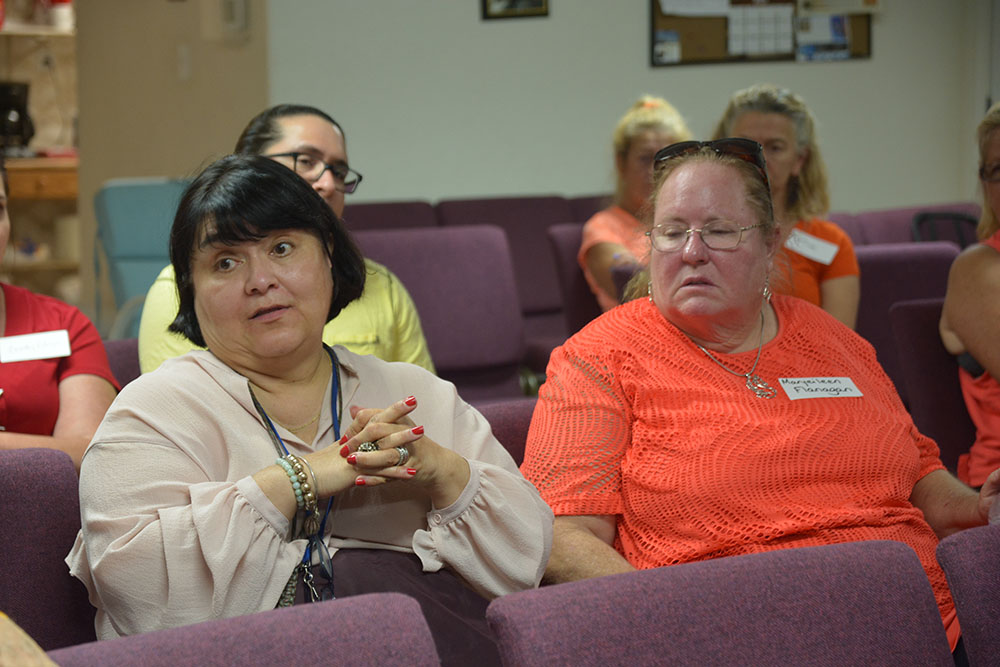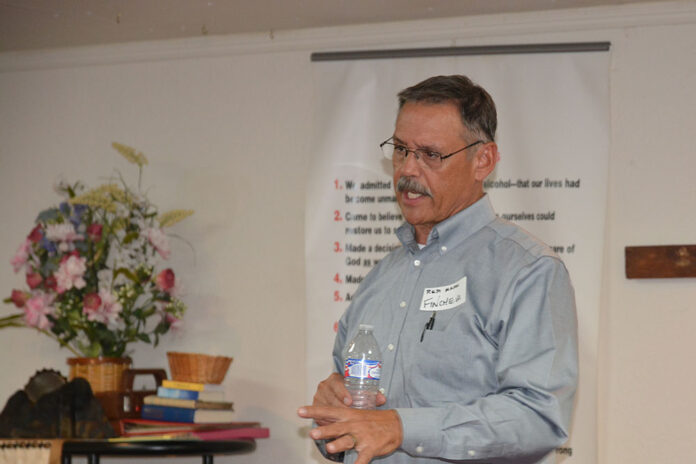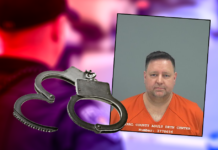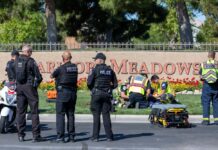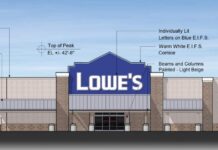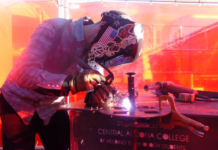Republican Mark Finchem and Democrat Tom O’Halleran agree on at least one thing regarding Interstate 11. Both expect to be deceased before the proposed roadway becomes a reality.
Finchem, a District 11 state representative spoke to Hidden Valley residents last week in a gathering attended by Blanca Varela, a representative from Congressman O’Halleran’s office, at Mountain View Community Church.
The proposed interstate is a long-range goal of Arizona Department of Transportation and is expected to pass through Hidden Valley south of Maricopa.
While Finchem has been outspoken against I-11, O’Halleran has remained neutral. Varela said the congressman had expressed to her the project was too far off for him to take a stand.
Projections are for construction of I-11 in Arizona to begin in 25 to 30 years, if it is approved.
As a Republican, Finchem said he was a voice in the wilderness asking the process to slow down.
“I’ll be the first one to disclose that I’m at odds with the Pinal County supervisors and some folks that are elected officials in the [City] of Maricopa,” Finchem said. “They see economic development for an expressway coming up. Well, maybe.”
County Supervisor Anthony Smith and Mayor Christian Price have expressed support for an I-11 route that would sweep close to south Maricopa as it travels from Mexico to Wickenburg. Its ultimate destination is Las Vegas, Nevada. Smith said at an Aug. 8 GOP gathering in Maricopa there may be a decision on the route details by spring.
Several residents of Hidden Valley are already opposed to the idea because of the choice of route that would cut through Hidden Valley, taking a handful of existing homes. They have been pushing for a route that would take Interstate 8 traffic to Gila Bend and then north to west Phoenix.
Finchem has not warmed to the idea of any route. He said the push for I-11 was a sign priorities are off.
“We have secondary roads, county roads, that are in such a state of disrepair that generally you have to drive about 15 mph below the speed limit just so you don’t rattle yourself to death,” he said. “We don’t have financial resources to pay for even more roadway that’s going to require maintenance.”
He said he preferred infrastructure projects that support areas where growth has already occurred. Primarily, he pushed for rail to accomplish what he said is the main purpose of I-11.
“The justification for I-11 has been freight. Not passenger-car traffic. It’s freight,” he said. “I’m missing something here. Let’s move the freight from Mexico to a switching yard and railyard on the west side of Phoenix, which, by the way, is more jobs, offload the trailers and tractors, pair them up, and they can go on to the piece of road that’s already there.”
Both Finchem and Varela said a “huge mistake” constituents make when providing public comment on projects like I-11 is “signing their name to somebody else’s letter.” While organized groups may find it convenient to copy a letter written by one of them and have everyone send it in individually with their own name attached, Finchem said it becomes obvious fairly quickly.
“All of those letters, in our minds, count as one,” he said.
Varela said personal letters about personal impact carry much more weight.
